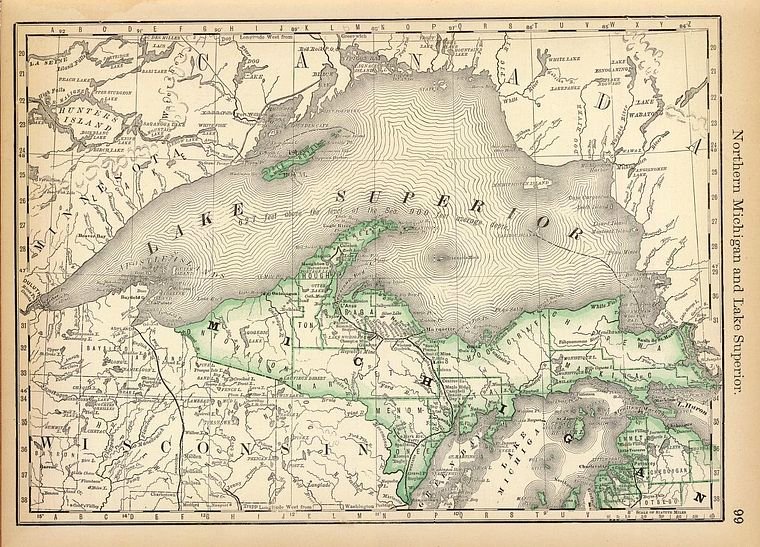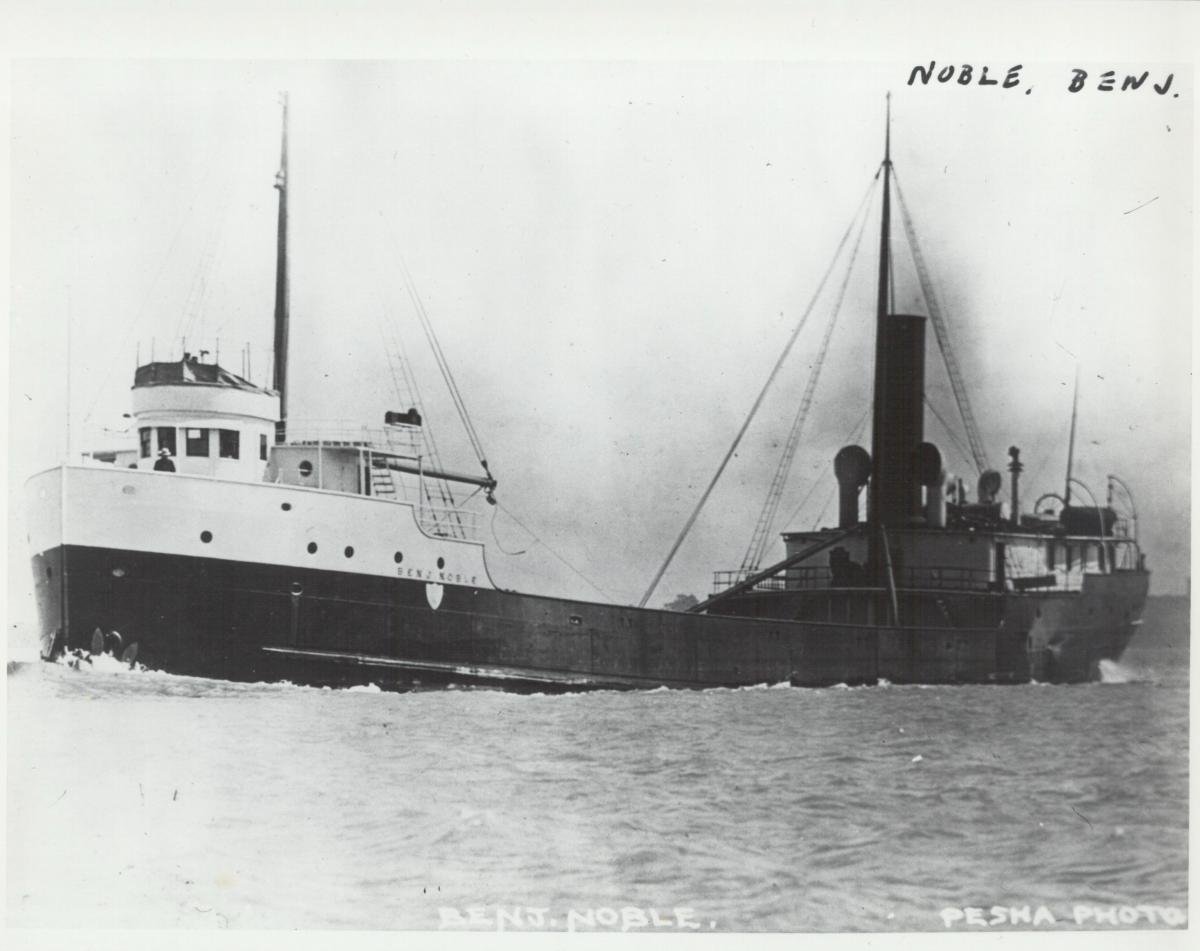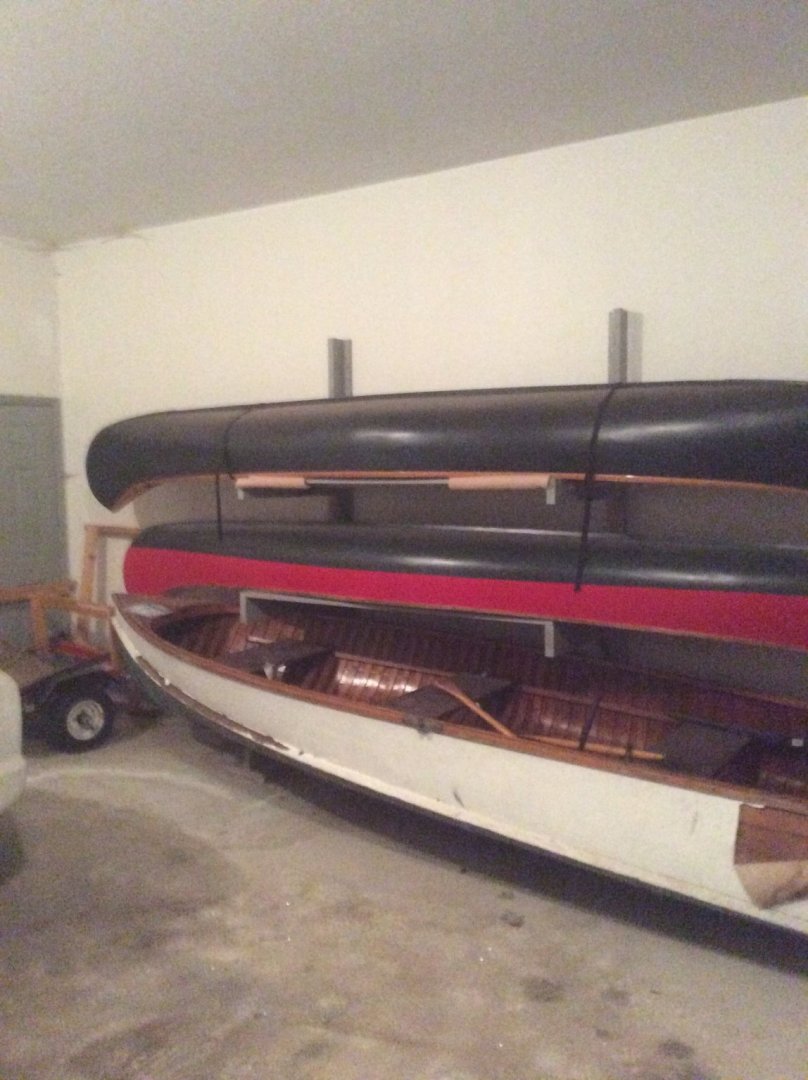
Roger Pellett
-
Posts
4,519 -
Joined
-
Last visited
Content Type
Profiles
Forums
Gallery
Events
Posts posted by Roger Pellett
-
-
I have a “crappy” Delta scroll saw. When I first used it I broke lots of blades, very frustrating. I’m a slow learner and when I finally got around to examining it under power, I could see the blade flexing on the down stroke. Blades were breaking by fatigue. I increased blade tension and have’nt broken a blade yet. The saw also runs with little vibration. Before scrapping your Craftsman saw I would first tune it up. Vibration is also a function of the whole system; the saw, the stand that supports it, and even the floor that it sits on. Making changes to the rigidity of the stand and the connections between the saw, the stand, and the floor might help.
Roger
- Justin P., Jorge Hedges and mtaylor
-
 3
3
-
Red stripe and yellow wingtip?
- Canute, mtaylor, Old Collingwood and 1 other
-
 4
4
-
The fence is not just convenient, it is an ESSENTIAL feature for using the saw to safely rip materials. Stock must be fed parallel to the blade. If not, the blade will grab the stock and throw it back at high speed. Even a small, underpowered saw is capable of doing this.
I do not wish to insult anyone by stressing what might seem to be obvious but I have learned this sort of thing the hard way! Fortunately mostly near misses.
Roger
-
I used the right side up method for canvasing the four canoes that I restored. I got it from Rollin Thurlows book. Joe Seliga learned canoe building on his own so developed his own methods. I met him once. There is a beautifully illustrated biography of Joe written by Jerry Spelnoc, another canoe guru. The book was published shortly before Joe died and he signed my copy.
Roger
- Voyageur, mtaylor and Jim Cricket
-
 3
3
-
Captain,
Lets hope that this will pass and that you can continue getting back on your feet.
Roger
-
Not being a plastic modeler, I am fascinated by the expertise, skill, and attention to detail that ALL of you guys possess. The few plastic models that I built back in the day were glue smeared messes.
Maybe, someone should start a new thread: I’ll show you my army if you’ll show me yours. I’m sure that they would be impressive! We would then need an umpire to decide who would win the war.
Roger
-
-
-
There are a number of old Delta 4in jointers listed on EBay. New blades and bearings are also available. One major advantage of old power tools is that they are belt driven from a separate motor. Some of the new small DIY jointers have integral motors. If the motor on one of the older machines dies or if the machine is underpowered, the motor can be easily replaced.
Roger
-
-
-
I have a Delta Rockwell 4” Jointer that I bought new in the late 1970’s. It is a great tool. It is solidly built, all cast iron. Over the years, I have used it to mill parts for restoring four wooden canoes, and for reducing rough sawn lumber to billets for ship model building. I have also used it for building ship model glass cases. I do not build furniture or cabinetry. I have never needed anything larger.
if you can find one of these used that can be cleaned up you will have a real workhorse. In my opinion, “vintage” power tools are much better tan most new ones as they don’t contain plastic parts.
i will be down in my workshop later today and I’ll send you a photo.
Roger
-
Do you intend to try to sail this or do you intend it as a static display model.
The model is what would be called a Pond Yacht and if you google vintage pond yachts there is a lot of material on the web. EXCEPT, your model is much older! The classic Pond Yachts of the 1930’s and ‘40s were Marconi rigged. Yours is Gaff Rigged. I think that this is a real gem, especially given its history.
As a static model you should pretty much be able to duplicate the rigging from your photos. I would worry less about what is “correct” and more about duplicating your Greatgrandfather’s work.
Roger
-
-
To me, the charm of this model is the fact that your Great Grandfather built it and it’s 1913 craftsmanship. I would, therefore, keep and use all of the 1923 metalwork including the rigging attachment points.
- mtaylor and Keith Black
-
 2
2
-
Two examples of the real thing:
The top canoe is a 1915 Old Town Charles River. Old enough to still have “closed gunwales. The rib tops are feathered to nothing and the inwale butts close to the planking, covered with a cap strip. A #@$& to restore as many of the rib tops had rotted making it difficult to reastablish an accurate sheer line.
The bottom canoe is a 1944 Old Town Otca.
Both canoes we’re restored by me to factory specs using production records obtained from WCHA. Every Old Town canoe bears a unique serial number stamped into the inner stem.
-
-
If you look at Jim’s canoe above, the outwale is a small delicate piece that protects the canvas. The lip should not cover the slots formed br the ribs and inwale. The lip full size maybe 1/8in thick.
If you want to try canvasing the canoe, I would suggest model aircraft silkspan, also called modelspan or oriental rice paper. Glue only to the edges, don’t use mastic and then spray lightly with water to shrink it. You should be able to find the procedure for doing the real thing on the web which you can duplicate in miniature.
Roger
-
-
A trivial detail that you might want to include. As a strength member, thwarts are bolted tight to the underside of the gunwale, but canoe seats are hung from the gunwale on overlength bolts with wooden spacers. The stern seat is higher than the bow seat. Exact spacing depends on the height of the paddlers.
Roger
-
-
“The legend lives on from the Chippewa of the big lake they call Gitchi Gummi.
Superior it’s said never gives up its dead when the gales of November come early.”
Gordon Lightfoot “The wreck of the Edmund Fitzgerald” 1979
Freeboard: The vertical distance from a vessel’s waterline to the upper deck, measured at the lowest point where water can enter.
Chapter 1- THE LAKE
In his classic 1941 children’s book Paddle to the Sea, author Holling C. Holling describes Lake Superior as being shaped like the head of a wolf. Sault Saint Marie ( the SOO) where the lake discharges into Lake Huron via the St Marys River at its Eastern End is its neck. The Kewanee Penninsula jutting out into the lake from its south shore is the wolf’s mouth and Isle Royal off the lake’s north shore is its eye. At the extreme western end of the lake, the tip of the wolf’s nose are the “twin ports” of Duluth, Minnesota and Superior Wisconsin. This side by side array of docks handles more cargo (by tonnage) than any other port on the five Great Lakes. Even today, when cargo is handled by fewer but larger vessels over 800 ships arrived at and departed from the Ports during the eight month shipping season.
 Most of the time the waters in the 80 mile funnel shaped arm leading to the Twin Ports are rather placid, but as Gordon Lightfoot haunting ballad says, the lake can be swept by vicious gales; not just in November but also in the spring. The storms that are most dangerous to mariners approaching the Twin Ports are Northeasters as they sweep down the lake from its eastern end 350 miles away and this “fetch” can build up huge waves that can completely engulf the Duluth Harbor entry.
Most of the time the waters in the 80 mile funnel shaped arm leading to the Twin Ports are rather placid, but as Gordon Lightfoot haunting ballad says, the lake can be swept by vicious gales; not just in November but also in the spring. The storms that are most dangerous to mariners approaching the Twin Ports are Northeasters as they sweep down the lake from its eastern end 350 miles away and this “fetch” can build up huge waves that can completely engulf the Duluth Harbor entry.
On the night of April 26,1914 the 250ft long Steamship Benjamin Noble found herself battling just such a storm while headed for Duluth to deliver a cargo of railroad rails to be used in the construction of the Great Northern Railroad. She was badly overloaded to the point where she had almost no freeboard. In 1914 there were no freeboard regulations for ships on the Great Lakes. Captains were expected to use their judgement. In this case, the Noble’s 31 year old captain was under pressure to deliver the entire shipment in one load. Times were tough and John Francombe, representing the owners had used a “sharp pencil” to prepare the bid.
Replying to the “Dock Wallopers” watching her load at Conneaut, Ohio on Lake Erie, Captain John Eisenhardt said that he would be safe as he planned to hug the shore all the way. His plan seemed to work. He crossed Lake Erie, sailed up the Detroit River, sailed up the length of Lake Huron and locked through the SOO Canal into Lake Superior. On Lake Superior he probably transited the canal that bisects the Kewanee Pensula and wound up among the sheltered waters of the Apostle Islands. Leaving the Apostle Islands, though, the compass course to Duluth is due west through completely unprotected waters.
As he entered the western arm of the lake on the final 80 mile run to Duluth he was hit by a violent Northeaster. Winds of over 65 miles per hour were clocked at Duluth that wrecked several Harbor structures. These winds would have hitting the Noble on her starboard quarter, but Captain Eisenhardt was now committed and plodded on passing Two Harbors, 26 miles northeast of Duluth at night. Somewhere between Two Harbors and Duluth, the Benjamin Noble and her crew of 20 men vanished, despite the fact that two other vessels were close enough to see her lights. The next day the Noble’s loss was confirmed when empty life raft and hatch covers whith her name washed up on Duluth’s Park point beach.
 As Gordon Lightfoot says, Lake Superior never gave up her dead as no crewmen or their remains were ever found. For 90 years, the Noble was one of Lake Superior’s most famous Ghost Ships. Then in 2005 a group of dedicated shipwreck hunters found her about 20 miles northeast of Duluth in over 300ft of water. The wreck is headed at a compass bearing of 20 degrees. The wreck has been entered on the National Register of Historic Places and is hopefully protected from shipwreck looters.
As Gordon Lightfoot says, Lake Superior never gave up her dead as no crewmen or their remains were ever found. For 90 years, the Noble was one of Lake Superior’s most famous Ghost Ships. Then in 2005 a group of dedicated shipwreck hunters found her about 20 miles northeast of Duluth in over 300ft of water. The wreck is headed at a compass bearing of 20 degrees. The wreck has been entered on the National Register of Historic Places and is hopefully protected from shipwreck looters.
This Model has been in the works for longer than the short life of the actual ship. This will be the second time that I have taken the model down from the shelf and resumed work. Hopefully this build log will keep me going. In the next two chapters I will describe the ship, her historic context, and the research that I did. Then we’ll get into actual model building. Somewhere along the line I’ll make some educated guesses about how the wreck actually happened. Stay tuned!
Roger
-
In the 1990’s the Israelis were building a number of large coal fired power stations along the Mediterranean sea coast and the company that I worked for had just completed a job to provide the high pressure steam and feed water piping for the plant built at Askalon. These contracts required that a percentage of the fabrication labor be provided locally.
With more projects on the horizon, In 1986 our Israeli agent put me in touch with a plant in Israel that rebuilt tanks and I visited it to see if they could fabricate high pressure piping. It was an interesting place, as they had an assortment of tanks from allies as well as adversaries- British, American, and Russian, and of course they were being “upgraded” with all sorts of innovations, some of which they were careful not to let me see. I also saw several of the huge Israeli designed and built Merkava tanks being transported on the highway. Like many things it’s hard to imagine their size without seeing the real thing.
Roger
- Egilman, Canute, Old Collingwood and 4 others
-
 7
7
-
Since I don’t know what sort of equipment you gave this may be totally out in left field but I’m offering it anyway.
By far the easiest way to carve a ship model hull is to carve two half models, to be glued together after they have been shaped. The benefit of this method is that each half has a flat datum to work from that can be laid on a flat surface when checking with templates. The “precarved hulls” advertised by kit manufacturers are hard to shape because there is no obvious datum or reference point to measure from.
If you have access to a bandsaw, you might try slicing your sacrificial hull down the center and shaping each half individually.
Roger


Arabia 1856 by Cathead - FINISHED - Scale 1:64 - sidewheel riverboat from the Missouri River, USA
in - Build logs for subjects built 1851 - 1900
Posted
Eric,
The Upper Ohio River experienced huge variations in depth prior to the building of locks and dams (the first wicket type dams) so I would imagine that Arabia used spars to navigate the Ohio. When I lived in Marietta, old timers used to claim that you could wade across it in dry summer months. It’s late tonight but tomorrow I’ll look up when these dams were built. I would imagine that by the time that Chaperone was built, the Army Corps of Engineers had made improvements to maintain a minimum depth on the waters that she sailed on.
Roger